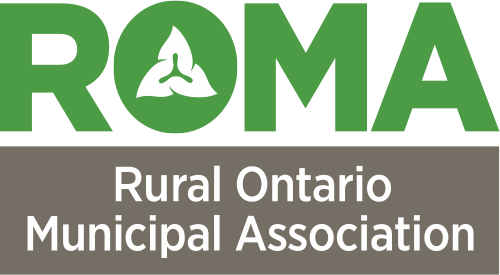Managing Municipal Infrastructure Assets
Municipalities manage and maintain their infrastructure assets to promote local economic development and quality of life for their residents. Each municipality actively decides what infrastructure assets are required to deliver services, and what service levels are appropriate and affordable. This has been the standard practice for decades.
As municipal governments are accountable to citizens through their councils, decisions to invest in infrastructure are based on the needs, desires and aspirations of local communities, and their ability to pay for the costs of providing these services.
Even though these considerations have always been part of the infrastructure decision-making process in local governments, municipalities are now undertaking a comprehensive and more transparent process in managing assets and the associated services.
This structured and strategic approach, commonly known as asset management, help municipalities to save costs and manage community expectations.
What is Asset Management?
- A structured approach that helps municipalities strategically make cost-efficient decisions with a long-term vision.
- Expands on the traditional approach to managing assets by proactively considering asset renewal using a whole lifecycle approach to meet pre-defined service levels.
- Supports long-term capital investment decisions that balance asset performance, risks and costs to optimize services.
- Helps prevent service failures and disruptions by better ensuring that all capital investment activities are performed in a timely manner.
The Financial Accountability Office of Ontario (FAO) has estimated that 45% of municipal assets are not in a state of good repair, with a combined infrastructure backlog of more than $50 billion. The backlog is commonly referred to as infrastructure deficit and is defined as the cost required to bring assets up to a state of good repair. To ensure residents’ continued access to vital services, municipal governments invest strategically in infrastructure through an asset management lens.
In the last few decades, Ontario’s municipal governments have made great strides in adopting asset management as a decision-making tool for councils. AMO monitors sector progress in asset management on an annual basis. Despite the progress made, many small municipalities struggle with advancing asset management in their communities due to lack of:
- Adequate staff resources and training;
- Financial resources to collect and maintain the required data; and
- Accurate data on costs, condition and risk assessment for their assets.





